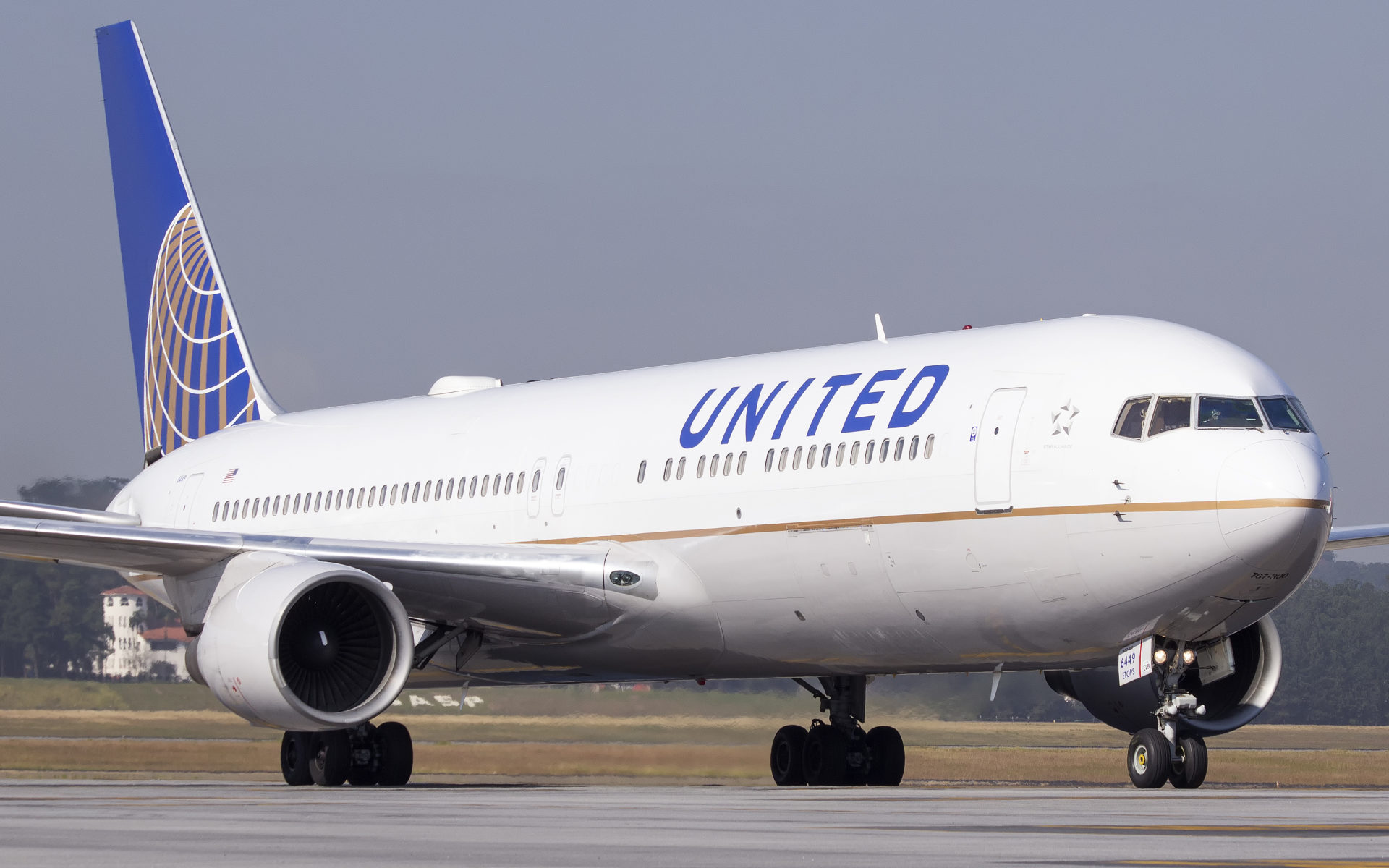Airline Alliances (What You Need To Know)
Airline Alliances (What You Need To Know)
Airline alliances are important to know about because booking award travel using miles and points goes hand in hand. As well as earning status with a particular airline. Since airlines mainly have center hubs of operations and their planes only have a certain range, they will codeshare flights. Hence forming an airline alliance.
This ensures that airlines are expanding in markets that are unreachable or sharing the market on specific routes. There are three airline alliances to be aware of. Star Alliance, which is the largest of the three and consists of 26 airlines including United Airlines. Sky Team alliance, consisting of 19 airlines including Delta Airlines. The last of the three, One World alliance which consists of 13 airlines, including American Airlines and now Alaska Airlines as well.
There are many airlines out there that are not a part of any of the three airline alliances out there. Instead they have their own unique partnerships. Airlines such as Virgin Atlantic.
In This Post…
- Star Alliance
- One World Alliance
- Sky Team Alliance
- Unique Airline Partnerships (Joint Ventures and InterLine Partnerships)
- Codeshare Flights
- Frequent Flier Programs
- Bottom Line
Star Alliance Airlines

Star Alliance, is the oldest airline alliance around. It has 26 airlines within its network. Voted the best alliance by StarTrax, it is also the largest group with over 1,300 destinations around the world. There is almost no place in the world that you can’t get to by flying a Star Alliance Carrier.
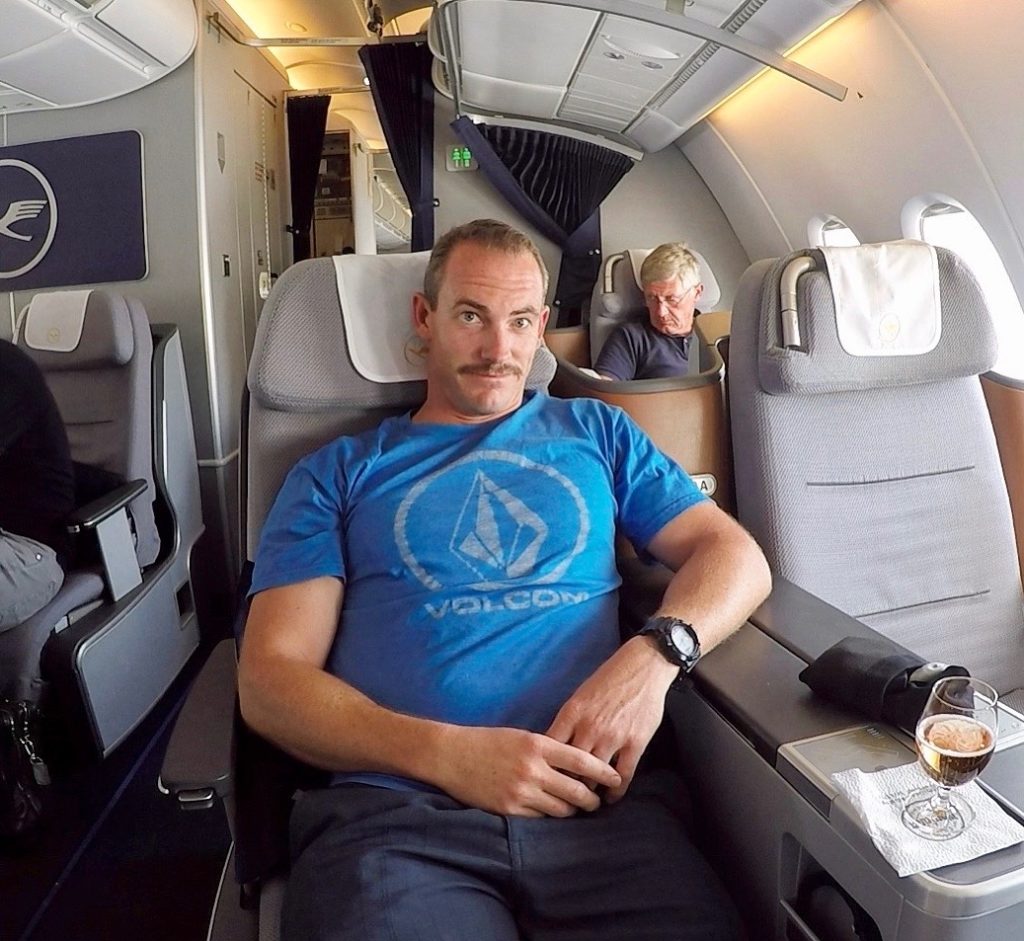
The only domestic carrier in the US that belongs to Star Alliance is United. You are able to transfer Chase Ultimate Rewards to United’s loyalty program to book award travel on any Star Alliance airline. For instance, I recently flew to Bangkok in Eva Airways business class. I booked my ticket through United Airlines by using United Miles which I had transferred over from my Chase UR account. Eva Airways is apart of the Star Alliance network. Since United doesn’t fly to Bangkok, they use a partner airline in the same network to get me to my destination. This same system holds true in all of the other Alliances and Non-Alliance partner airlines.
One World Alliance
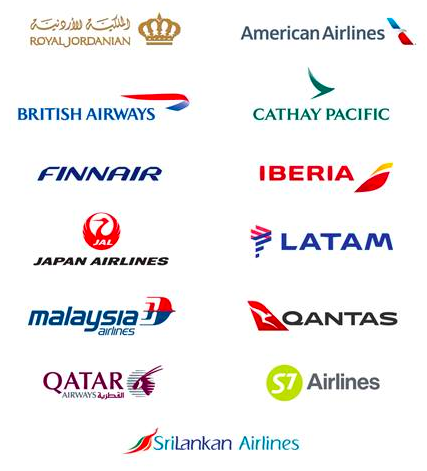
The One World Alliance consists of 13 different airlines globally. American Airlines is the One World carrier within the US. American Airlines has the AAdvantage program as its loyalty program. You can earn AAdvantage miles by flying One World carriers, or by using co- branded American Airline Credit cards. Cards Like the Citi AAdvantage Platinum Mastercard. Which has 60,000 Mile sign-up bonus after hitting the spend limit. I haven’t seen any transferable point credit cards that transfer to AAdvantage. Not yet anyway.
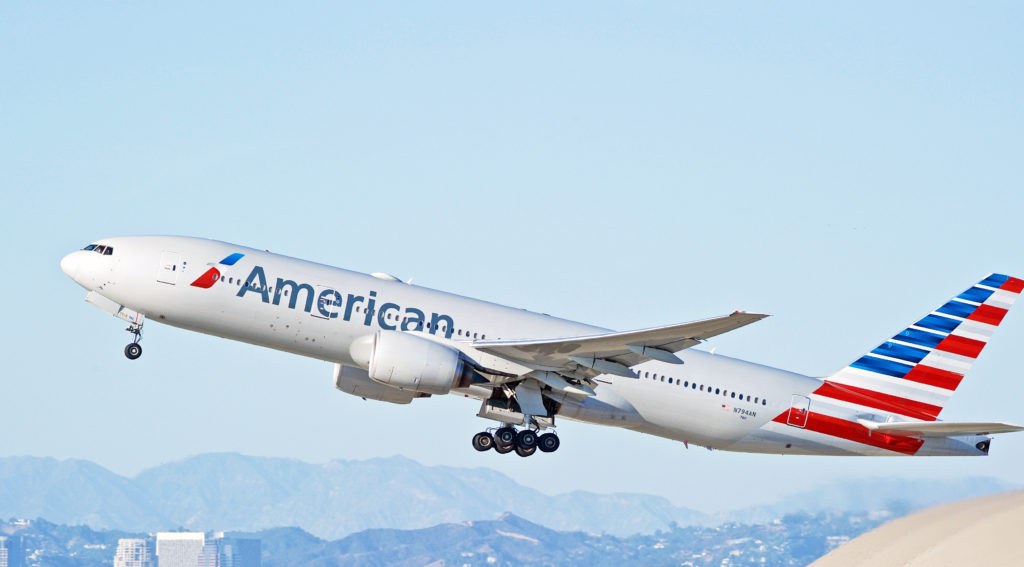
Sky Team Alliance
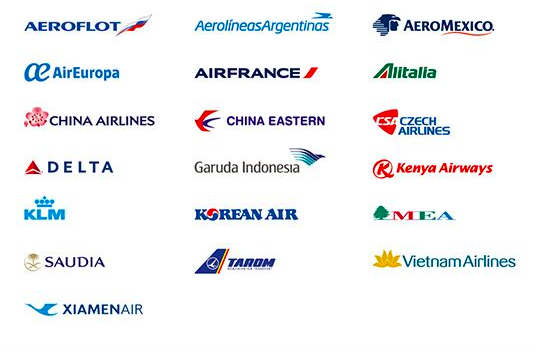
SkyTeam Alliance consists of 19 different airlines. Delta is the SkyTeam carrier within the US. Delta uses the SkyMiles Program as their loyalty program. Personally, i think they are Sky Pesos though.
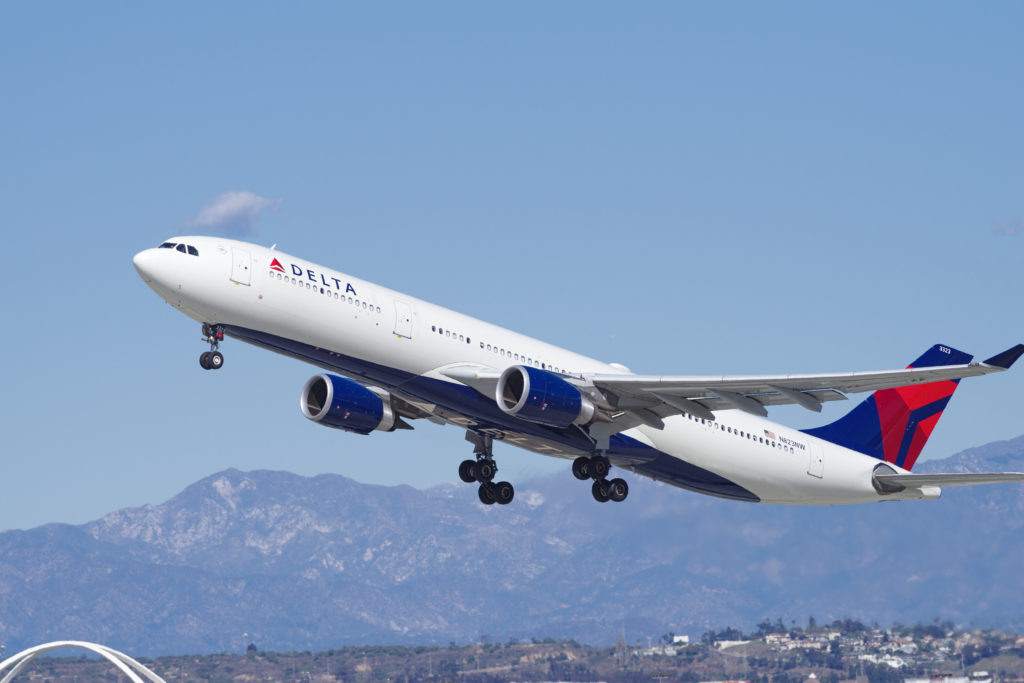
You can find some good economy award seats at times with Delta. However, their premium awards are ridiculous. Essentially making SkyMiles worth someone’s morning visit to the crapper after a cup of coffee. Some may find a lot of value in an experience like that though? Delta codeshares with many of these airlines and you can earn Skymiles flying these Skyteam members. The best program in the Skyteam network to me, is by far Korean Airlines. However earning miles with them is difficult. Also, Amex Membership Rewards is a transfer partner with Delta. Keep that in mind.
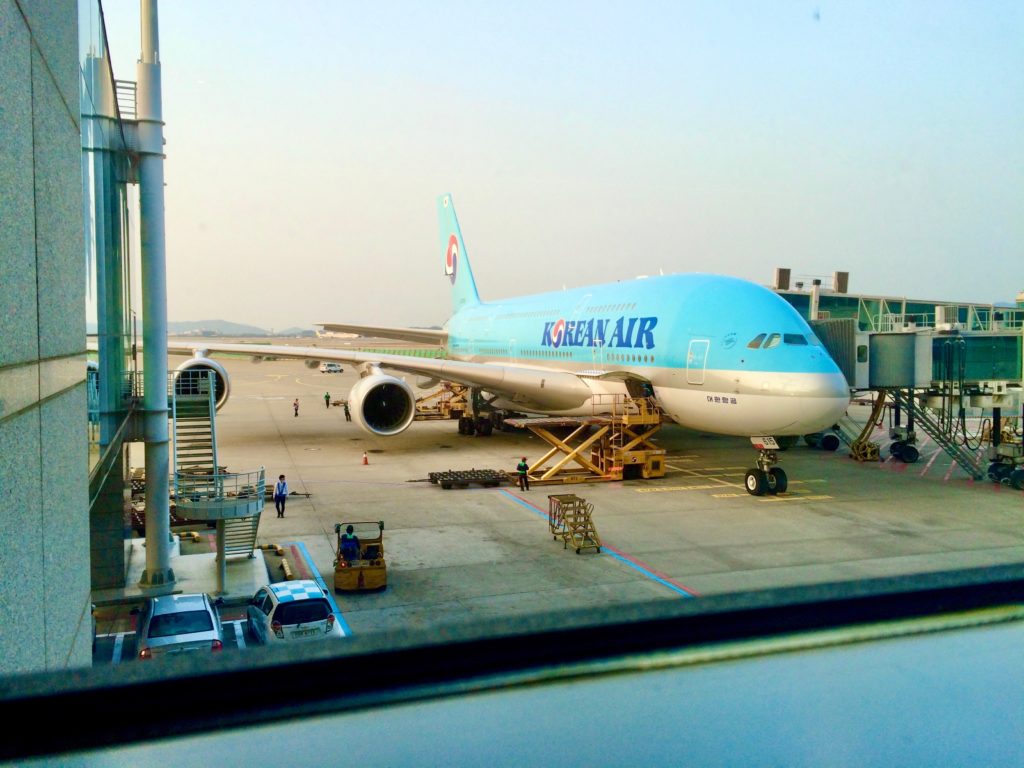
Unique Airline Partnerships
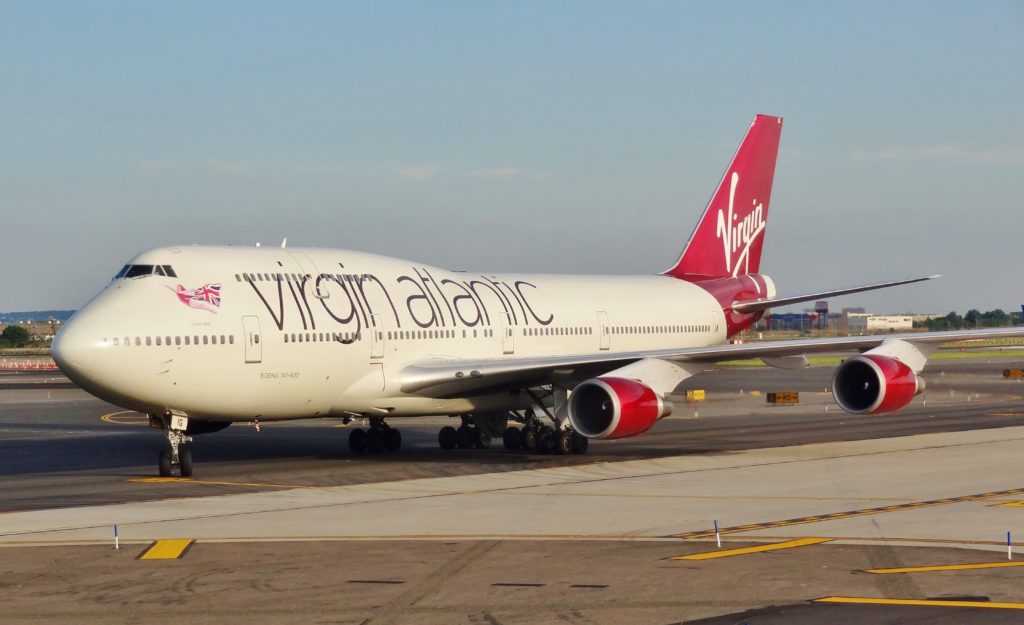
Mentioned above, Virgin Atlantic is an airline that falls into this category. Virgin is its own independent airline. It is unique in the fact that it doesn’t belong to any alliance. However it has agreements with various other airlines for partnerships and codesharing. Also, when it comes to earning miles for flights and more importantly, using their miles to book award seats with other airlines. With Virgin, you are able to book premium award seats with airlines like Delta, ANA, Hawaiian and others for a way better value.
Alaska Airlines, up until recently, was the same. It is currently in the process of joining One World. (Yes, I realize that the information above is somewhat conflicting. We are adults here, life sucks sometimes, deal with it). Alaska airlines has partnership with airlines that belong to different alliances as well.
This is simply to allow a greater expanse and versatility of travel destinations to make an airline more profitable.
Joint Ventures
In a joint venture, airlines will operate as similarly as possible. This means, they price flights the same, have similar schedules, similar flight options, share revenue. They share everything basically in order to potentially make a profit together and give the customer a similar experience all around.
Delta, Air France, KLM are airlines that have a joint venture. They work together on specific routes and will Codeshare. You might have bought a ticket with Delta, but find out you are flying on Air France or KLM metal. (Metal being the actual plane you are flying on). You may have seen a ticket you have bought through Delta and it says, “flight operated by KLM.” That’s an exact example of this.
Interline Airline Partnership
This unique partnership is simple. The airline you buy a ticket with has an agreement to issue tickets for a completely different airline and handle your luggage as well.
If you have ever missed a flight and were rebooked on a different airline, chances are this was an interline partnership.
Codeshare Flights
Say you are flying American Airlines to London from Los Angeles with a connection in Dallas. You fly out of LAX on American metal, make your connection, then fly to London with British Airways. Yet, your ticket was coded the entire way as an American Airlines flight. This is a codeshare. It is essentially another form of an interline partnership.
Airline alliances codeshare with other airlines simply to expand their network of destinations that they can sell. It’s a profitability move. One airline cannot be all over the world, so they rely on agreements set up. These flights are sometimes priced differently from one airline to another. Meaning, you might have bought a ticket for more money on one airline’s website than is advertised on the airline’s website that you are actually flying.
Frequent Flier Programs
I recommend signing for all three United, Delta and American Airlines frequents flier accounts. This right off the bat, gives you access to their frequent flier programs. I myself belong to several various frequent flier programs that I utilize for award traveling.
Airlines have to account for their passengers earning benefits and miles for tickets sold on various airlines to keep them as loyal customers. Even if if two airlines do not belong to the same alliance, they can still allow customers to earn miles for their respective frequent flier account. So long as there is an agreement between the airlines.
For example, I have a flight coded as a Delta flight but I’m flying Air France from Algiers to Houston. Both are in the Skyteam Alliance, it’s a codeshare flight, yet I don’t want to credit my miles earned to Delta. Instead I want to credit them to Air France’s “Flying Blue” program.
Another handy trick is finding out where to credit my flight to earn the most miles possible. Knowing my booking class, I can look up my options using WHERETOCREDIT.COM. I see that I can credit my miles to Virgin Atlantic and earn way more miles by using that frequent flier program than I would with Delta.
Bottom Line
Understanding Airline Alliance can be confusing, but it doesn’t have to be. The real take away is to know who is in bed with who and ultimately where you can credit your miles for the best reward.
Finance disclosure
Opinions expressed here are author’s alone, not those of any bank, credit card issuer, hotel, airline, or other entity. This content has not been reviewed, approved or otherwise endorsed by any of the entities included within the post.

